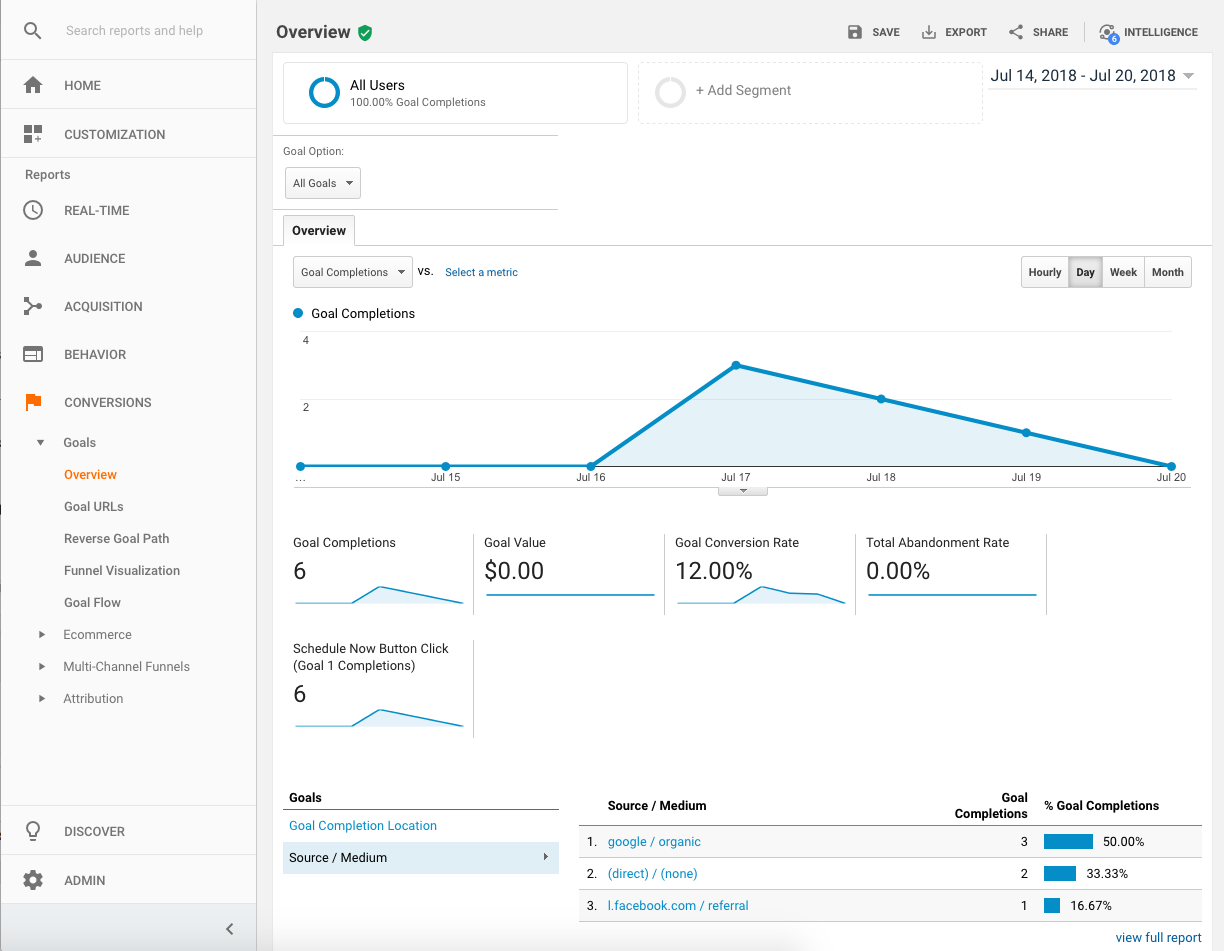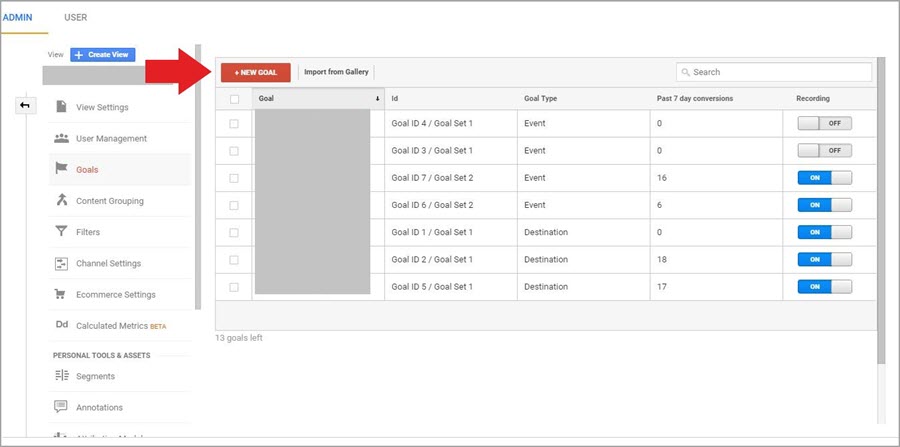What Data Is Google Analytics Goals Unable to Track: Vital Details
What Data Is Google Analytics Goals Unable to Track: Vital Details
Blog Article
Revealing the Blind Destinations: Recognizing What Google Analytics Goals Can not Gauge
In the world of electronic analytics, Google Analytics stands as an effective device for monitoring and analyzing online user interactions. Nevertheless, amidst its robust abilities, there exist blind areas that commonly avert dimension. Comprehending what Google Analytics goals can not gauge is vital for acquiring a comprehensive sight of individual habits and involvement. As we explore the ins and outs of these unseen areas, we uncover a complex internet of undiscovered areas that hold important insights right into customer activities and motivations, challenging conventional knowledge and clarifying the restrictions of our data-driven understanding.
User Actions on External Operatings Systems
Understanding just how individuals interact on exterior platforms is crucial for maximizing on the internet strategies. Outside platforms, such as social media sites networks, referral sites, and on-line forums, play a significant duty in driving traffic to a company's internet site. By examining user habits on these systems, companies can obtain important understandings into the efficiency of their marketing efforts and the choices of their target audience.
One secret facet of user habits on exterior platforms is the recommendation resource. By tracking where the users are originating from, organizations can determine which systems are driving one of the most traffic to their site. This info can assist firms allocate their resources a lot more successfully, concentrating on the platforms that produce the very best results.

Offline Interactions and conversions
Evaluating individual habits on outside platforms supplies useful understandings into on the internet techniques; nevertheless, thinking about offline conversions and interactions is similarly necessary for a thorough understanding of a firm's general efficiency. While Google Analytics stands out at tracking online interactions, it drops brief in catching the total customer journey that often consists of offline touchpoints. Offline conversions, such as in-store acquisitions or phone queries, play a considerable function in many businesses' success. Ignoring these interactions can cause an altered sight of the efficiency of advertising campaigns and total organization efficiency.

Acknowledgment Beyond Last Click
When diving into the realm of electronic advertising and marketing analytics, it becomes necessary to look beyond the single touchpoint of the last click for a much more thorough understanding of attribution. While Google Analytics offers useful understandings into user habits, depending only on last-click attribution can be limiting - what data is this link google analytics goals unable to track. Attribution versions that go past the last click offer a much more nuanced view of the client trip, taking right into account all the touchpoints that lead to a conversion
Acknowledgment past the last click permits marketers to assign credit report to different interactions along the conversion path, providing a clearer image of the efficiency of different marketing channels. By discovering multi-touch acknowledgment designs such as direct, time decay, or position-based attribution, companies can better allocate their marketing budgets and optimize their approaches for optimal effect.
Recognizing the impact of each touchpoint in the conversion procedure is critical for making educated choices and maximizing ROI. By welcoming acknowledgment past the last click, organizations can obtain deeper understandings right into customer habits and customize their advertising initiatives better.
Cross-Device and Cross-Browser Tracking
Likewise, cross-browser monitoring enhances cross-device tracking by capturing individual actions as they switch over between different web internet browsers. Recognizing how users communicate with internet sites on numerous browsers can help marketing professionals enhance their on-line experiences to make certain uniformity and functionality across different platforms.
Qualitative Data and User Intent
Understanding individual intent with qualitative data analysis is important for establishing targeted electronic advertising approaches that reverberate with the demands and choices of the target market. Qualitative information supplies insights into the 'why' behind user actions, clarifying motivations, feelings, and choices that measurable data alone can not catch. By examining user feedback, remarks, and communications, marketing professionals can reveal beneficial information regarding user intent, allowing them to tailor their messaging, web content, and offerings to much better line up with what their audience is looking for.
Qualitative information likewise helps in understanding the context in which customers involve with a web site or app. This contextual understanding enables marketing experts to develop more pertinent and customized experiences, ultimately driving greater interaction and conversion prices. By diving into customer intent with qualitative data evaluation, companies can gain a much deeper understanding of their target audience, resulting in more reliable marketing approaches that satisfy users' demands and expectations.
Verdict
To conclude, Google Analytics objectives have restrictions in gauging user actions on external platforms, offline conversions, attribution beyond last click, cross-browser and cross-device monitoring, and qualitative information related to customer intent. what data is google analytics goals unable to track. It is very important for services to be conscious of these unseen areas in order to supplement their data analysis with other tools and approaches to get a much more thorough understanding of their target market and enhance their general electronic marketing strategies
By analyzing individual actions on these systems, businesses can get useful insights into the effectiveness of their marketing efforts and the choices of their target audience.
Examining user actions on exterior systems gives important insights right into on-line strategies; nonetheless, taking into consideration offline conversions and interactions is similarly critical for a comprehensive understanding of a business's overall performance.In digital marketing analytics, moving beyond last-click check it out attribution to discover cross-device and cross-browser tracking is vital for acquiring a holistic understanding of user interactions throughout different platforms and tools. By assessing user comments, remarks, and interactions, online marketers can uncover important details regarding customer intent, allowing them to tailor their messaging, content, and offerings to much better line up with what their audience is looking for.
By delving right into individual intent through qualitative data evaluation, companies can obtain a much deeper understanding of their target audience, leading to much more reliable advertising and marketing techniques that satisfy individuals' needs and expectations.
Report this page